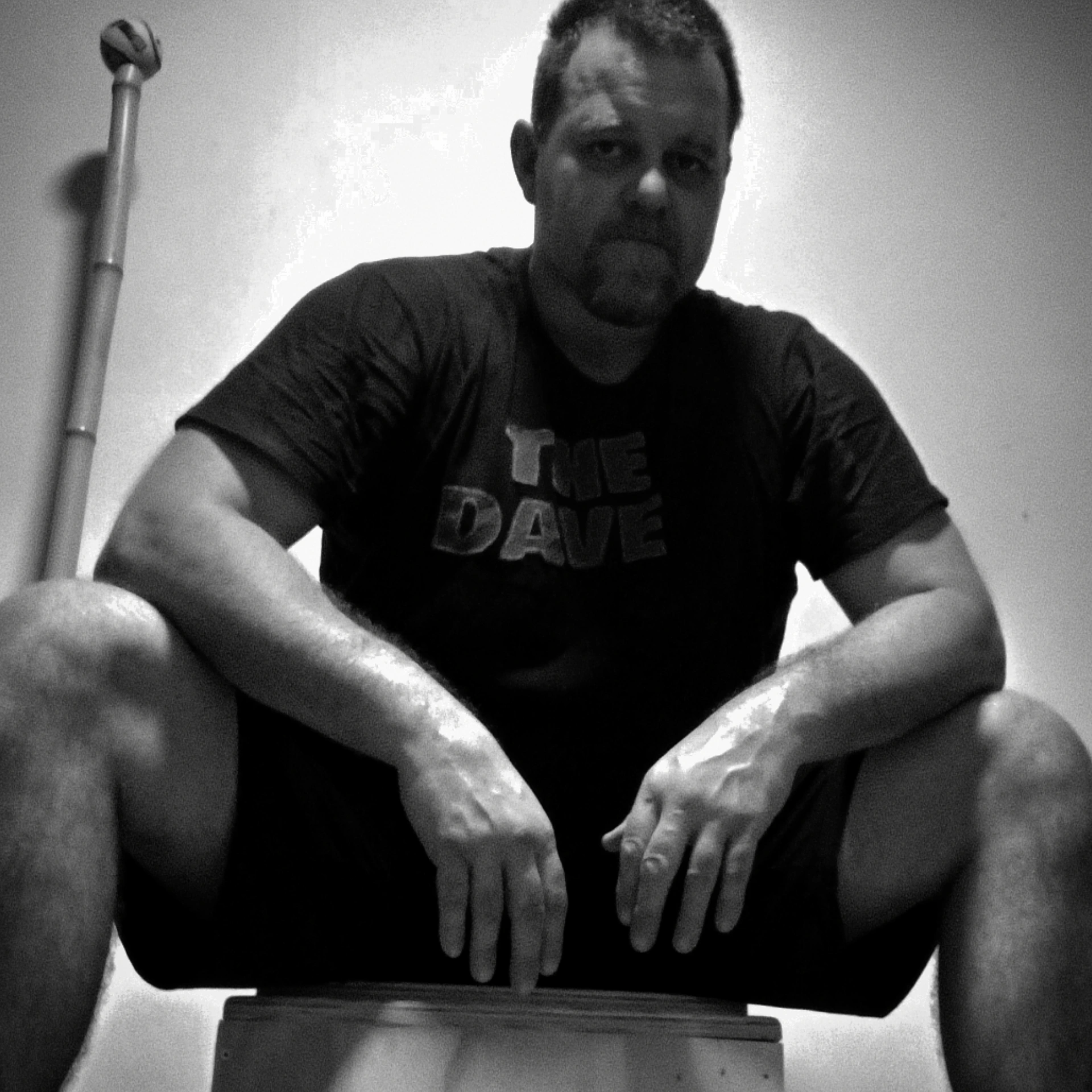Answering Brian On Exercise Order And Priorities
- Dave Hedges

- Apr 14, 2024
- 4 min read
"When you said run after lifting or on Another day entirely, it jogged my memory on something I've been wondering about.
My own exercise regime is modest enough but well in excess of the average 60 year old (wouldn't be difficult given the state of many of my contemporaries).
I'm interested in all round physical capabilities, not setting records. I've a busy full time job and family obligations which as time goes by have eased off somewhat and are once more allowing me to spend more time on myself.
I'm not interested in being a man mountain but I like to feel reasonably strong with a reasonable level of endurance and not to be out of breath walking up 5 flights of stairs etc.
To this end I do several rounds (5) of heavy bag work 4 days a week, sometimes more in summer. The work rate is good and hard with 30 second rests between.
I then lift free weights (moderate numbers) and use whatever machines may be available for a further 30 minutes.
I'm not scientific about it at all....and I don't mind.
My question is, does being tired after the bag work severely impact the benefits of lifting.
I prefer to start with the bag work as it's a fucking killer and I doubt I could give it full welly after lifting.
Brian."
I’ve jumped this question to the top of the queue as it is a direct follow on from last weeks email about running.
I want to paraphrase Brian here a little, and rather talk about how the bagwork affects the weights or vice versa, or whether to run before or after lifting.
Let's talk about general guidelines for exercise order and personal priorities.
I help a number of combat sports folk with their strength and conditioning, as well as other sports people, from weekend warriors to semi-pro.
And the question of time, energy and priorities always comes up.
Time is limited. For most people there is work, family etc as well as fitness training. For those closer to Semi-pro end of the spectrum there is also sports practice, skill work, recovery etc.
Energy is limited, so where to put our greatest efforts, and where can we relax a little
Priorities, even at the pro level these vary, as we move across the scale to amateur, priorities absolutely have to be factored in.
A high level amateur athlete may train 2-3 times per day. A morning session before work, a lunchtime session and then again in the evening. Often the morning will be a run or S&C Lunchtime skills or S&C Evening, sports work maybe followed by S&C
And this may vary across the week.
Lunchtime is a great time to put the S&C work as most people have approximately an hour to get to (and from) training, do the session, get showered and still get some food in.
This tight timeline forces the coach to be efficient with the athlete and not get over excited with extended, convoluted workouts.
This helps the athlete by not dipping too far into their energy reserves.
So what about our more amateur athletes?
Chances are, you train around work and family commitments.
So how the time is used needs to be well thought out.
If this means doing things out of order, then so be it.
Brian mentions being reasonably strong and enduring, so does following a strict, optimised protocol matter?
I think not.
I think variety is a good thing for general fitness, not random, but certainly varied. It’s exactly how the Lunchtime sessions have run in WG-Fit for years and the guys that attend love it, and have the results to show.
If you’re not in Dublin, you can still use our lunchtime workouts on the Train Heroic app here: https://marketplace.trainheroic.com/workout-plan/team/wg-fit-crew
An optimised training protocol in general runs in the following order:
Skills
Speed / power
Strength
Hypertrophy/Endurance
Mobility
Brian’s bagwork qualifies as skills, speed and power.
Follow that with weight training following the Push-Pull-Hinge-Squat thought process, doing at least one exercise for each category, and I think you’ll be laughing.
Strength doesn’t have to be super heavy. Most of the lunchtime training happens in the 3-5 or 4-6 rep ranges, allowing people to go heavy but with enough stimulus there will be some hypertrophy. If mass is the goal, increase the volume somewhat, either more sets or more reps per set.
There is a reason 5 sets of 5 reps is considered a near perfect loading scheme for general strength and muscle building, it gives you 25 quality reps, but doing sets of 5 allows for a decent load to be used.
Can you get a solid weight session done in 30 minutes?
Damn right you can. Pick 2-3 lifts, go hard at them in a superset or circuit format and you will get a lot done that time. For example take the Squat, Pull Up and Dip 3-5 reps of each for 3-5 sets with approx 1 minute breaks. So, 5 reps on the squat, rest 1 min, 5 pull ups, rest 1 min, 5 reps Dips, rest 1 min, Squat x 5 and so on. Until either 5 sets are completed or the 30 minutes is up. Doable? Absolutely WIll you get stronger? Inevitably
Will you look like Dorian Yates after it? Hell no! Will it help me with just about any task I want to take on? I think it will
While training can be optimised and super organised, real people living real life often cannot follow and truly optimised program.
So honestly don’t sweat it.
I’ve given you enough ideas here. I hope that you can figure out how to make real world training happen.
And if you have further questions, please do reach out.
Chat soon
Dave
--
Regards
Dave Hedges
www.DaveHedges.net
www.WG-Fit.com


Comments